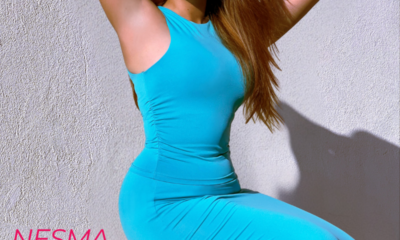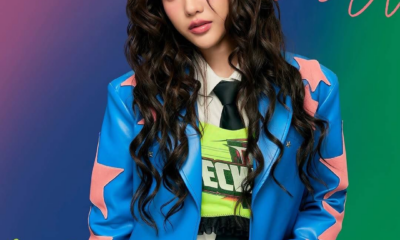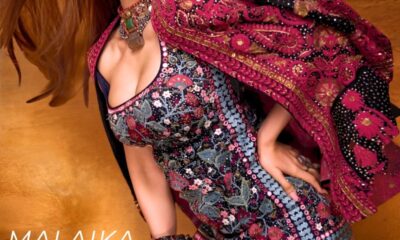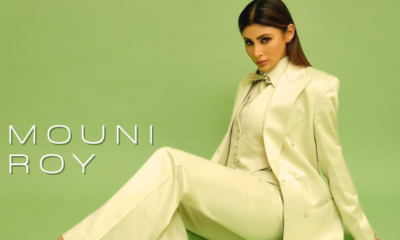Trends
Evolution of the Indian Man’s Garb in India
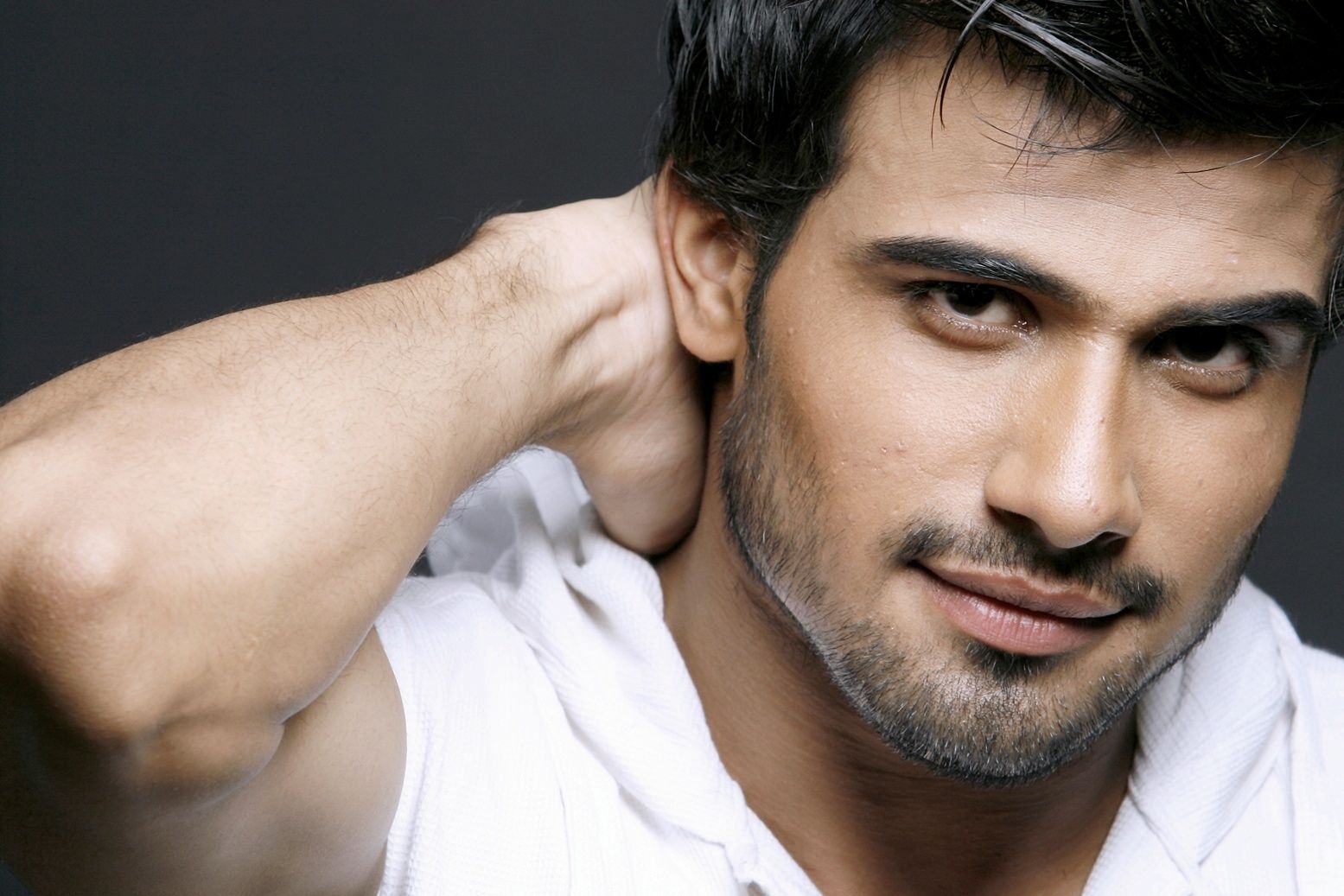
Indian apparel industry which is the second largest contributor to the retail industry after food and grocery is seeing some major shifts, from its original patterns. Foray of international brands into the Indian markets, changes in preferences from non-branded to branded, the fast growing economy, large young consumer population in the country has made India a highly lucrative market and opened doors for value-added products. India has the world’s largest youth population, which is becoming fashion conscious owing to mass media and
social media penetration. This has opened unprecedented retail market opportunities for brands and also given birth to a large number of domestic brands who are scaling the lines of international brands.
The Men’s category of the fashion industry makes up for 41% of the total apparel
retail i.e. the maximum share of the apparel industry and has been going through
a paradigm shift in the recent times. These days not only do men want to be up to
date with the changing fashion trends but they want to dress appropriately for
different occasion. They like to have a healthy balance of style and comfort. The
growth in this category is not just restricted to metros and Tier -I cities but has
shown remarkable growth in Tier –II and –III and Tier- IV cities and towns as well.
Men are becoming increasingly aware of the trends and brands present in the
market and making a conscious attempt to dress well.
Consumer demand for men’s clothing and accessories has been experiencing a
shift in India. They are actively breaking the notion that men buy clothes only
twice a year and have begun shopping more often. Increased disposable income,
online retailing, heavy discounts due to increased competition are just some of
the reasons men have shifted towards buying of clothing and accessories, which
has seen an upswing in the recent years.
Another major reason why the industry is evolving is the improvement of
technology and its massive use even in apparel manufacturing units. The ease
that technology brings along with it makes buying a lot easier than traditional
channels of purchase. Technology not only makes accessibility to brands easier, it
also gives you increased control over the payment medium.
The evolution of Indian men’s sartorial quotient is visible on screen and
magazines. Attire sported by Bollywood stars in the 1960s and 1970s consisted of
bell bottoms or plaid pants inspiring a generation of Indian men to wear them.
However, today fashion is more robust than even a decade ago. An important
reason for this is the expansion of the media landscape. Indian men no longer
simply wear what movie stars wear, rather their choice in attire is shaped by
influencers, athletes, bloggers, fashion consultants, fashion designers, global
trends, friends, and of course Bollywood and Hollywood.
The evolving consumer market entails a shift from sole focus on International
brands to men now relying on Indian brands for delivering their promise of
comfortable outfit. Indian designers have figured that men are leaning towards
more traditional attires and cloth material encompassing our long-lost heritage
like Khadi. Adding to this, these days Indian men are also cognizant of how much
value accessories add to an outfit.




